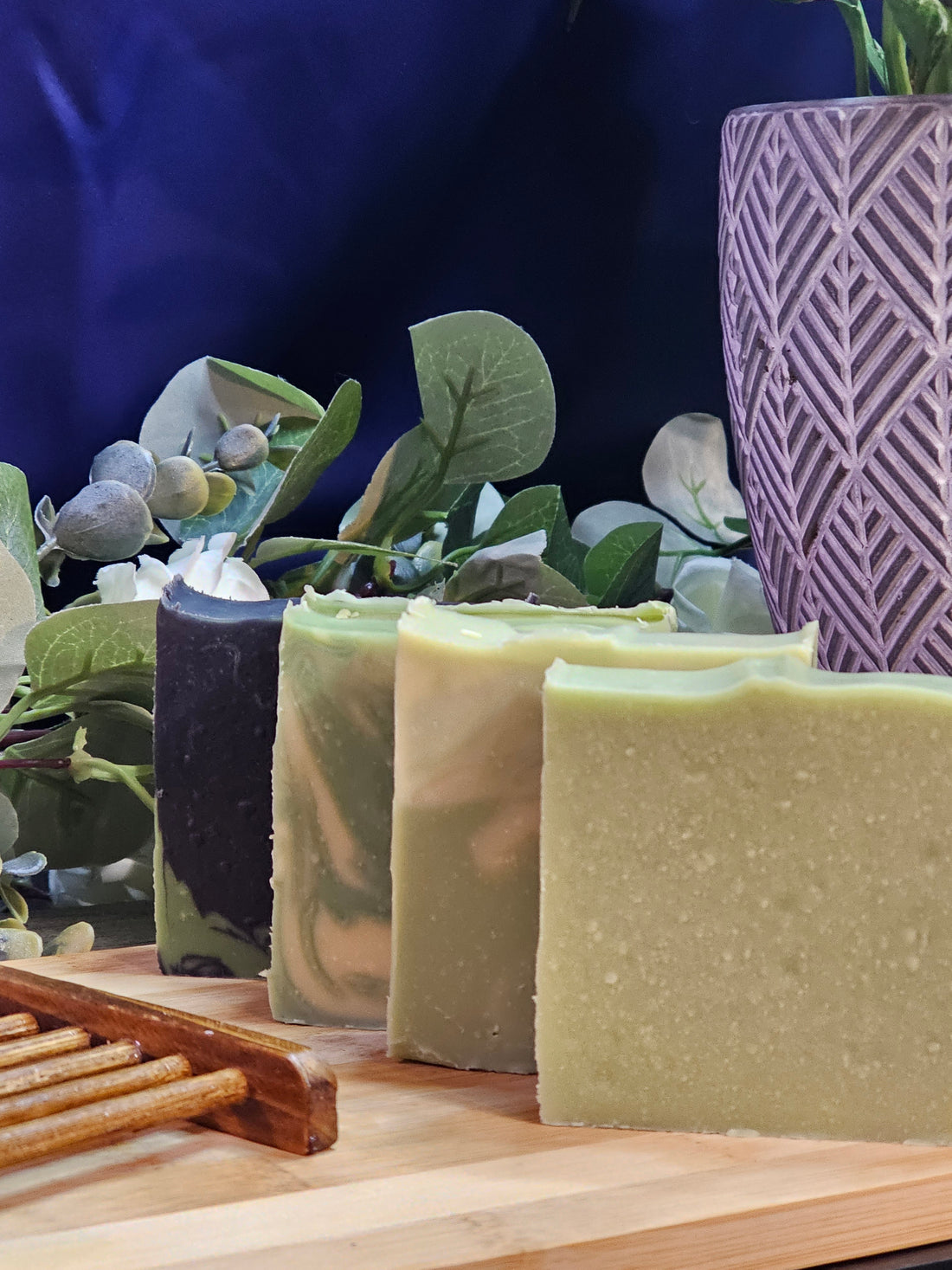
The Evolution of Soap: A Brief History of Soapmaking
Introduction to the History of Soapmaking
Soap has been an essential part of human civilization for thousands of years, evolving from simple beginnings into the diverse and innovative products we have today. In this post, we'll explore the fascinating history of soapmaking, from ancient cultures to modern developments, highlighting the key milestones and breakthroughs that have shaped the way we cleanse and care for our skin.
Early Beginnings: Soap in Ancient Civilizations
The earliest evidence of soapmaking dates back to around 2800 BCE in ancient Babylon, where clay tablets recorded recipes for soap using animal fats and wood ash. These early soaps were primarily used for cleaning textiles and were far from the luxurious products we know today.
The ancient Egyptians also produced soap-like substances, using animal and vegetable oils mixed with alkaline salts. They used these soaps for washing and even for medicinal purposes, as documented in the Ebers Papyrus, an ancient Egyptian medical text from around 1500 BCE.
The Rise of Soap in Europe
Soapmaking gained traction in Europe during the Middle Ages, with cities like Marseille and Savona becoming centers for soap production. The Castile soap of Spain, made with olive oil, became famous for its high quality and purity. This era saw the gradual shift from using soap for textile cleaning to personal hygiene.
By the 14th century, soapmaking had spread across Europe, with dedicated guilds forming to regulate the craft. These guilds helped standardize soapmaking techniques and ensured the quality of the final product.
The Industrial Revolution: Soap Becomes Accessible
The Industrial Revolution in the late 18th and early 19th centuries transformed soapmaking into a large-scale industry. Chemists like Nicolas Leblanc developed methods to produce soda ash (sodium carbonate) from common salt, which became a key ingredient in soap production. This breakthrough made soap production more efficient and cost-effective, leading to the mass production of soap and increased accessibility for the general public.
During this time, companies like Procter & Gamble in the United States began to produce soap on an industrial scale, contributing to the widespread availability of soap for everyday use. The emphasis shifted from artisanal soapmaking to commercial production, and soap became a staple in households across Europe and North America.
The Return to Natural and Artisanal Soapmaking
In recent decades, there has been a resurgence of interest in natural and artisanal soapmaking. People have become more conscious of the ingredients in commercial soaps, leading to a demand for products made with natural oils, butters, and essential oils. Cold-process soapmaking has gained popularity for its traditional methods and customizable designs, allowing soapmakers to create unique and skin-friendly products.
At The Natural Lather, we embrace the craftsmanship and creativity of cold-process soap, using high-quality, all-natural ingredients to create luxurious bar soaps. Our focus on sustainability and eco-friendly practices reflects a broader shift towards more conscious consumerism, as people seek products that are both effective and environmentally friendly.
Conclusion
The evolution of soap from ancient times to the present day reveals a rich history of innovation and creativity. From early soaps used for cleaning textiles to the artisanal cold-process soaps of today, the journey has been marked by significant milestones and a return to natural, skin-friendly ingredients. At The Natural Lather, we continue this tradition by creating cold-process soaps that are gentle on the skin and aligned with modern values of sustainability and eco-friendliness.
Thank you for joining us on The Lathery Low Down by The Natural Lather. Stay tuned for more insights into the art and history of soapmaking and the benefits of all-natural bar soaps.